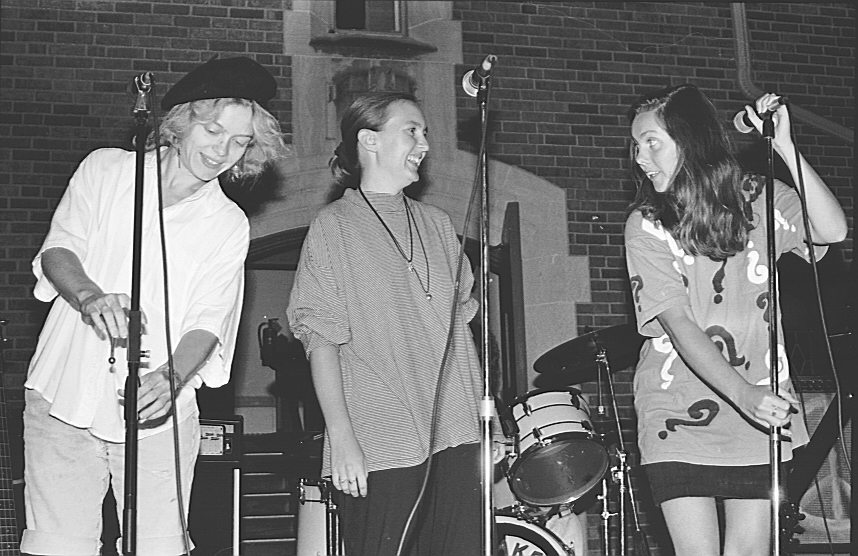This was an interesting book, one of those that I couldn’t tell you whether I liked or enjoyed. Even having finished it, I’m still on the fence. The attraction of the book for me was the portrait of the artist as Sally Mann, and the speculation about her daughters’ lives. I don’t know how this book would read to someone not familiar with Sally Mann’s work, and the attendant controversies; since this is the element that fascinated me, I found it hard to evaluate the prose on its own terms.
I was introduced to Sally Mann’s work in college, in a feminist art history course. We studied major 20th century women artists who were challenging norms of gender, sexuality, and femininity, as well as the lines around art itself. Sally Mann, Cindy Sherman, Judy Chicago, and Barbara Kruger are the ones I remember. Nikki Lee hadn’t begun showing her self-portraits at the time I took the course, but they would have been at home in this group of artists. Of all of them, Sally Mann’s work was the most intriguing, perhaps because the reactions to it were so polarized. On the one hand, she was seen as an avant garde visionary who was challenging all kinds of dearly held social beliefs: nudity as sexual, children as asexual, rural life as pastoral and naive (to name a few). On the other hand, she was attacked as an abusive and manipulative mother, exploiting her children for the creation of pornographic images. Probably there were some middle positions, but they weren’t getting much air time back then.
One thing is certain. Sally Mann–like her fictional alter ego in Dani Shapiro‘s Black and White–took staged photos of her naked children. How the children came to be naked, and why Mann was called to photograph them that way, remains a mystery of sorts. Does it matter what she was thinking? Does it matter what her children’s experiences of being photographed were? Does the art stand alone? Can photos of naked children, or even topless children, ever be art in our contemporary U.S. culture?
To my knowledge, these remain open questions about her work, and speak to the degree to which context informs interpretation and reception. Images are never just images, and Mann follows in the footsteps of artists like Robert Mapplethorpe. Whatever her original intentions, the concerns of social culture layer the life of the photographs. The most basic set of questions, perhaps because it is one we can never really have answers for, centers around the impact on her children. These questions are at the heart of Shapiro’s book. In the end, the author creates an artist who is not Mann in significant ways, and the resolution of the narrative depends on those differences. By relocating the family from rural Virginia to New York City, and continuing the naked–sorry, nude–photo shoots through her daughter’s teen years, Shapiro creates a level of tension that requires action and resolution. It’s not clear that Mann’s own children related to her art in the same way, but it’s one possibility, and a possibility that seems easy to imagine.
This resonance makes Shapiro’s book compelling, but again: I couldn’t say whether that would be the case for someone who wasn’t familiar with Mann’s work and hadn’t already asked the questions to which Shapiro’s version offers an answer.

